7 Savory Secrets of Seasoned Salt You Never Knew (But Totally Need!)
If you've ever tasted a dish that just clicked — the kind that makes you pause mid-bite and ask, "What is that magic?" — there's a good chance seasoned salt had something to do with it. It’s not just salt anymore; it’s flavor in its most versatile form. Whether you're a home cook or a pro chef, understanding how to use seasoned salt can transform your meals from meh to magnificent.
Table of Contents
- What Exactly Is Seasoned Salt?
- Why Use Seasoned Salt Instead of Plain Salt?
- Top 7 Tips for Using Seasoned Salt Like a Pro
- Buying Guide: How to Choose the Best Seasoned Salt
- Final Thoughts: Seasoned Salt Can Be Your Kitchen MVP
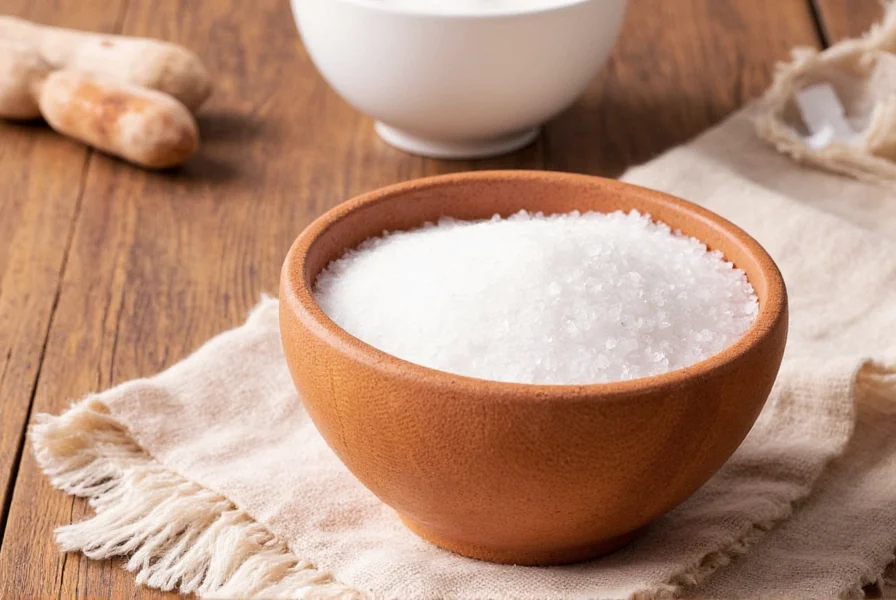
What Exactly Is Seasoned Salt?
Seasoned salt is more than just table salt with a few friends over. It’s a blend of salt and other spices designed to enhance flavor without overpowering a dish. Think of it as a shortcut to deliciousness. The base is always salt — usually coarse sea salt or kosher salt — but from there, the sky's the limit.
Common additions include:
- Garlic powder
- Onion powder
- Paprika
- Black pepper
- Dried herbs like thyme or oregano
- Citrus zest (like lemon or lime)
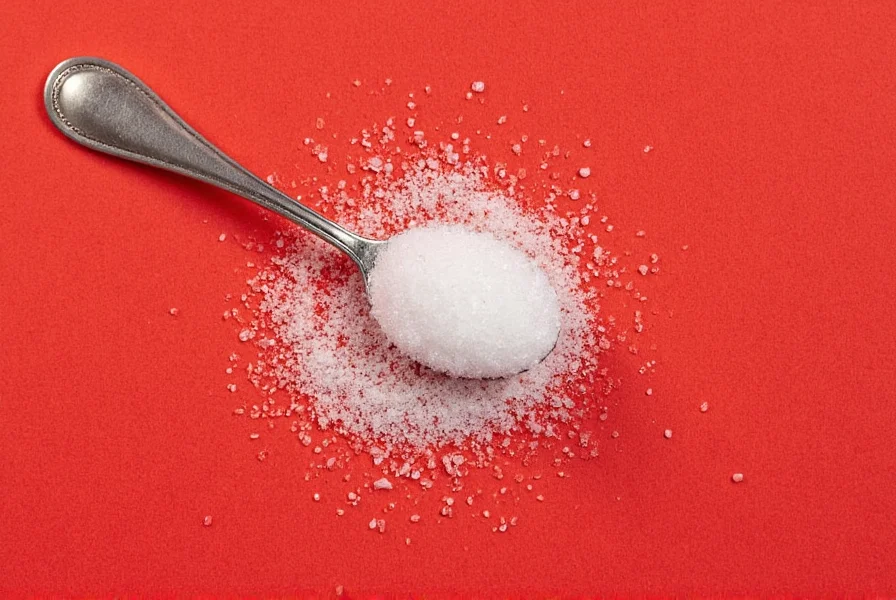
Why Use Seasoned Salt Instead of Plain Salt?
Salt is essential — it enhances natural flavors, balances sweetness, and even acts as a preservative. But seasoned salt does all that and more. Here's why it might be time to upgrade your spice rack:
| Feature | Plain Salt | Seasoned Salt |
|---|---|---|
| Flavor Complexity | Minimal | High |
| Versatility | Moderate | High |
| Preparation Time | Instant | Instant + Flavor Boost |
| Use Cases | Most dishes | Enhanced flavor dishes |
The Science Behind the Taste
Ever heard of the fifth taste? That’s umami, the savory sensation that makes things like mushrooms, Parmesan cheese, and soy sauce so irresistible. Many seasoned salts are formulated to deliver this exact flavor profile by combining ingredients like onion powder and garlic, which naturally contain glutamates — the compounds responsible for umami.
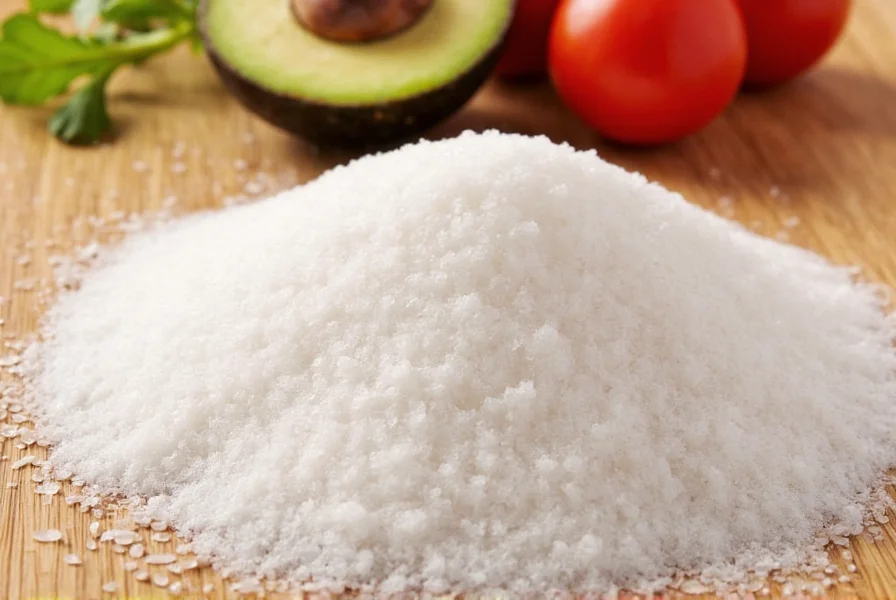
Top 7 Tips for Using Seasoned Salt Like a Pro
- Don’t Overdo It: A little goes a long way, especially if you’re watching your sodium intake. Start with a small pinch, then taste before adding more.
- Rub It In: Try using seasoned salt as a dry rub for meats. Chicken thighs, pork chops, and ribs all benefit from a generous coating before grilling or roasting.
- Spice Up Snacks: Sprinkle some citrus-flavored seasoned salt on roasted chickpeas, popcorn, or potato wedges for an instant flavor boost.
- Add During Cooking: Toss some into sautéed veggies, soups, or stews while they simmer to let the flavors infuse throughout the dish.
- Finish With Flair: Some gourmet seasoned salts (like smoked paprika or truffle salt) are meant to be used as finishing touches. Sprinkle them on just before serving for maximum impact.
- Customize Your Blends: Don’t be afraid to make your own! Combine your favorite spices with coarse salt for a personal touch. We’ll get into DIY blends later.
- Pair With Acid: Citrus zest or vinegar can really bring out the depth of seasoned salt. Try a squeeze of lime on grilled corn sprinkled with chili-lime salt.
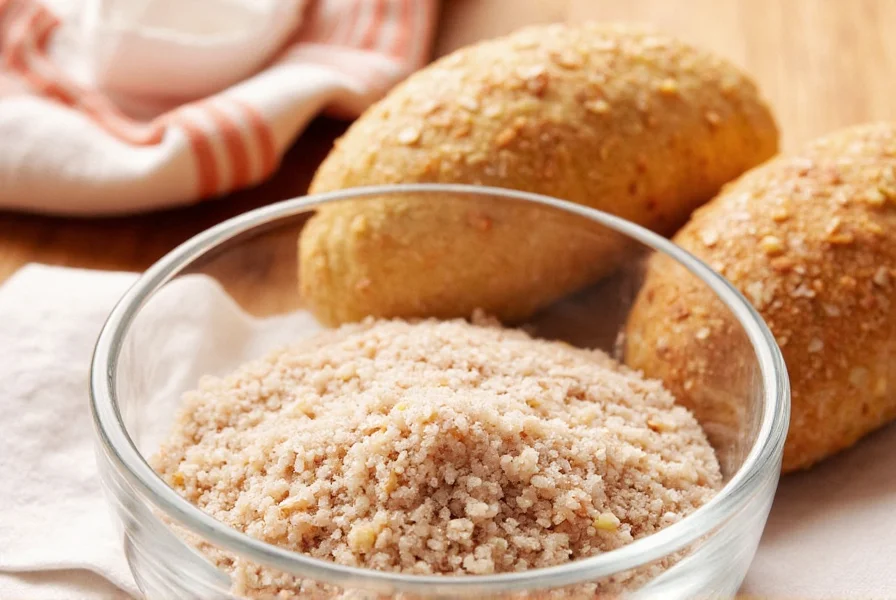
Buying Guide: How to Choose the Best Seasoned Salt
With so many options flooding the market, choosing the right seasoned salt can feel overwhelming. Here’s a quick breakdown of what to look for based on your cooking style and flavor preferences.
1. Garlic Herb Seasoned Salt
- Features: Combines garlic powder, parsley, rosemary, and black pepper
- Advantages: Perfect for Italian dishes, breads, and roasted potatoes
- Best For: Home cooks who love Mediterranean flavors
- Occasions: Weeknight pasta, Sunday roasts, bread dipping oil
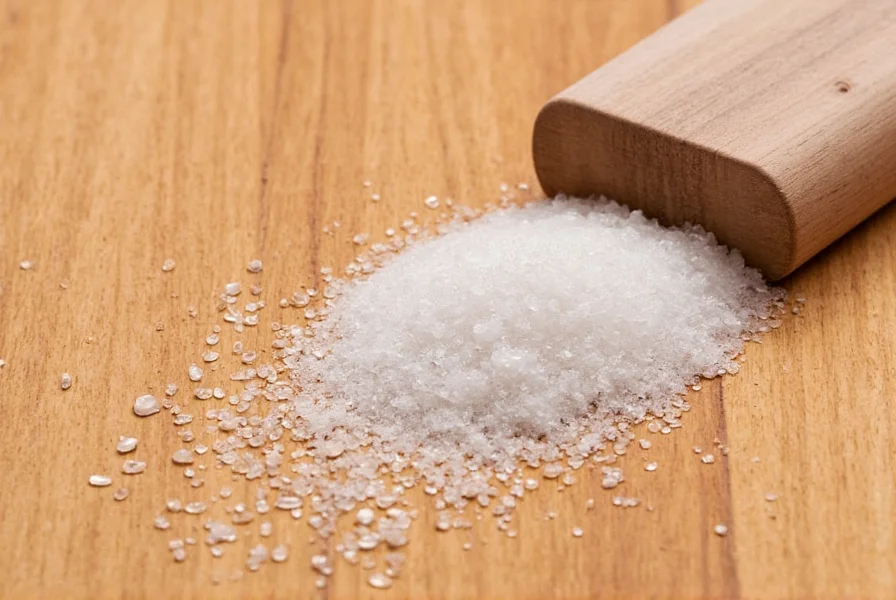
2. Cajun Spice Salt
- Features: Paprika, garlic, onion, cayenne, celery salt
- Advantages: Adds bold heat and earthiness without drowning out other flavors
- Best For: Seafood lovers, grill masters, gumbo fans
- Occasions: Crawfish boils, BBQ chicken, jambalaya seasoning
3. Lemon Pepper Salt
- Features: Coarse black pepper, dried lemon zest, salt
- Advantages: Bright, refreshing, and slightly tangy
- Best For: Those who enjoy clean, zesty flavors
- Occasions: Fish tacos, grilled fish, avocado toast
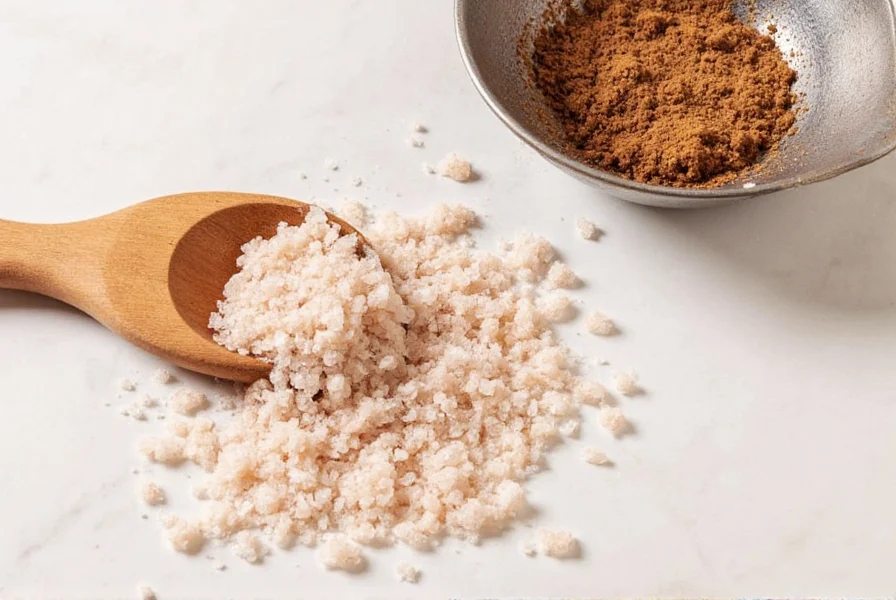
4. Smoked Paprika Salt
- Features: Smoked paprika mixed with sea salt
- Advantages: Adds deep, smoky notes with minimal effort
- Best For: Charcuterie boards, grilled vegetables, barbecue sauces
- Occasions: Outdoor gatherings, holiday platters, summer barbecues
5. Truffle-Infused Salt
- Features: Real truffle shavings or extract blended with fine sea salt
- Advantages: Luxurious, rich, and aromatic
- Best For: Gourmet cooking, restaurant-quality dishes at home
- Occasions: Risottos, creamy pastas, fancy fries
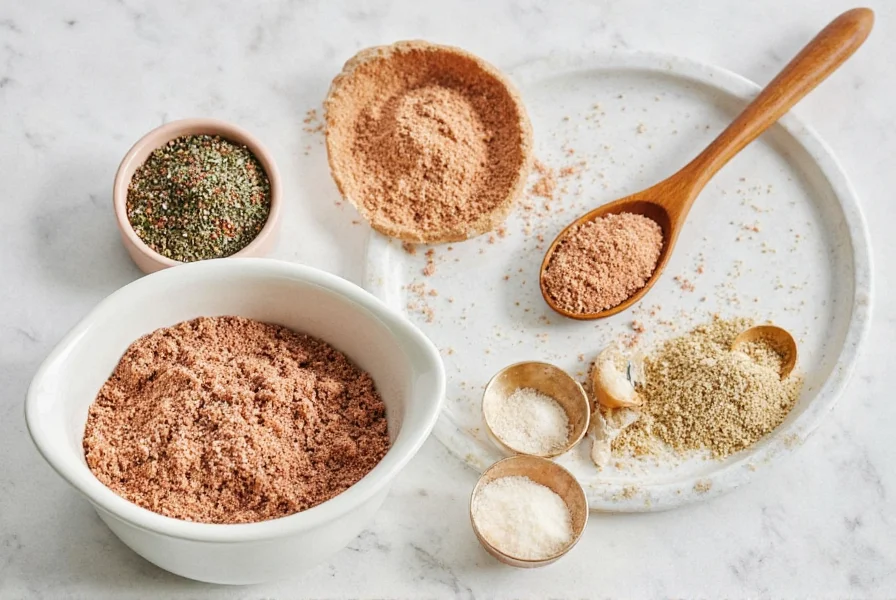
Final Thoughts: Seasoned Salt Can Be Your Kitchen MVP
In the world of spices, seasoned salt might fly under the radar, but don't let that fool you — it’s one of the most powerful tools in any kitchen arsenal. From quick weekday dinners to weekend grilling sessions, a well-chosen seasoned salt can turn the ordinary into extraordinary.
Whether you’re reaching for a store-bought blend or crafting your own custom mix, remember to experiment, taste often, and have fun with it. After all, cooking should be enjoyable — and a little sprinkle of seasoned salt can make every bite a celebration.
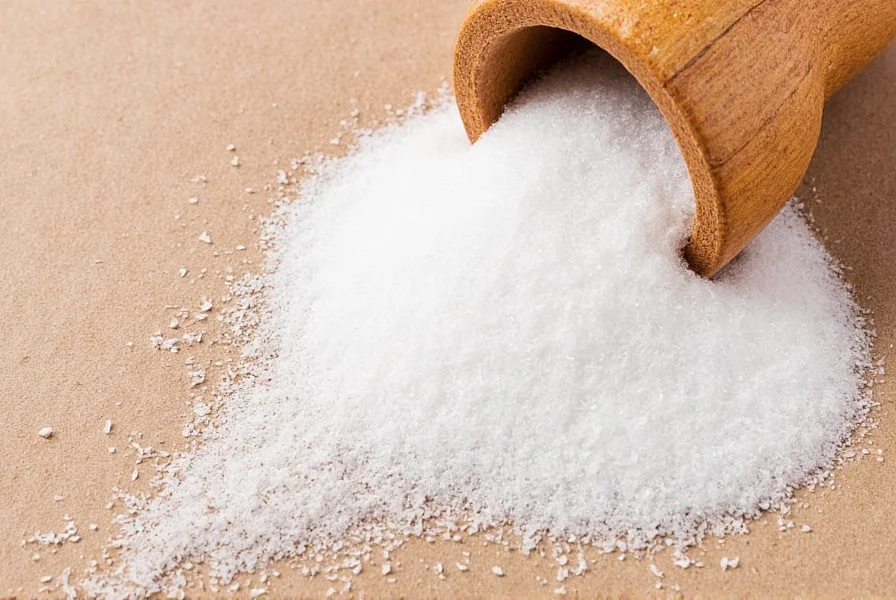
You’ve Got the Salt — Now Go Season Your Life!
So next time you're standing at the stove wondering what your dish is missing, reach for that jar of seasoned salt. It might just be the hero ingredient you never knew you needed. Happy cooking!

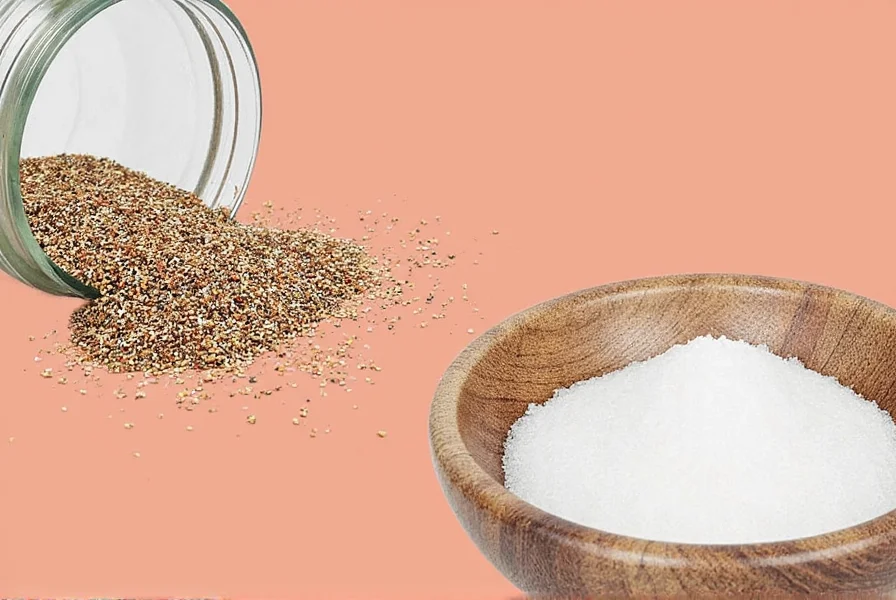









 浙公网安备
33010002000092号
浙公网安备
33010002000092号 浙B2-20120091-4
浙B2-20120091-4